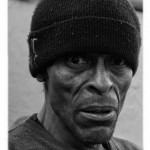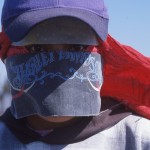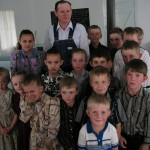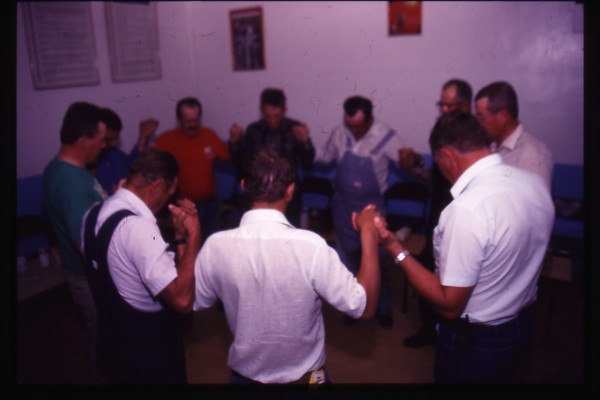
Mennonite one-room school house near Cuauhtemoc, Chihuahua
Time Magazine has published a set of photos of an Old Colony Mennonite community in Durango, Mexico, titling it The Flower Girls. Check them out. Tell me what you think. I find the photos are sweet, delicate, beautiful, and only hint at the disaster that has befallen most of these Mennonite communities, which have tried mightily to separate themselves from the world.
The Mennonite communities in Chihuahua are replete with severe problems of inbreeding, domestic violence, benighted education, alcoholism, and, in the last 20 years, drug trafficking, particularly in the colonies near Cuauhtemoc, Chihuahua, four hours south of Ciudad Juarez.
Mennonites came to Mexico from Canada in the 1920s, invited by the government that wanted to colonize the north to avoid further US depredations. Those who came to escape the world were masterful farmers and cheesemakers. But in time they suffered from the same problems as other Mexican farmers: drought, lack of credit, etc. Many in the Chihuahua colonies turned to drug smuggling — some full time and some to pay an urgent debt. I ran into these folks in 2003 and included a chapter on the harrowing result — the scariest moment of my reporting life — in my second book, Antonio’s Gun and Delfino’s Dream.
I like the Time photos immensely, but from them you’d not guess much of the reality of Old Colony Mennonite life in Mexico.
For many of these world-rejecting Mennonites, it always seemed to me that their very attempt to isolate themselves made them vulnerable to the worst the modern world has to offer. Many I spoke with described their people as lambs, unprepared for what they would encounter outside their community. Some likened it to Indians’ lack of exposure to small pox before the Europeans came.
I’ve included a photo above of a one-room schoolhouse, taught by a man with barely a bad sixth-grade education, which is how Mennonite kids are still schooled in the colonies near Cuauhtemoc, Chihuahua. Would love your comments on the Time photos.








